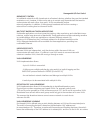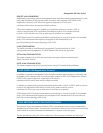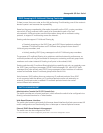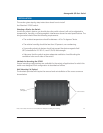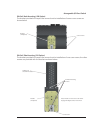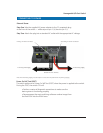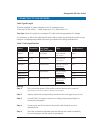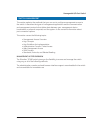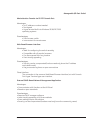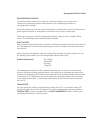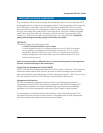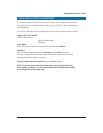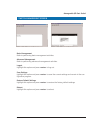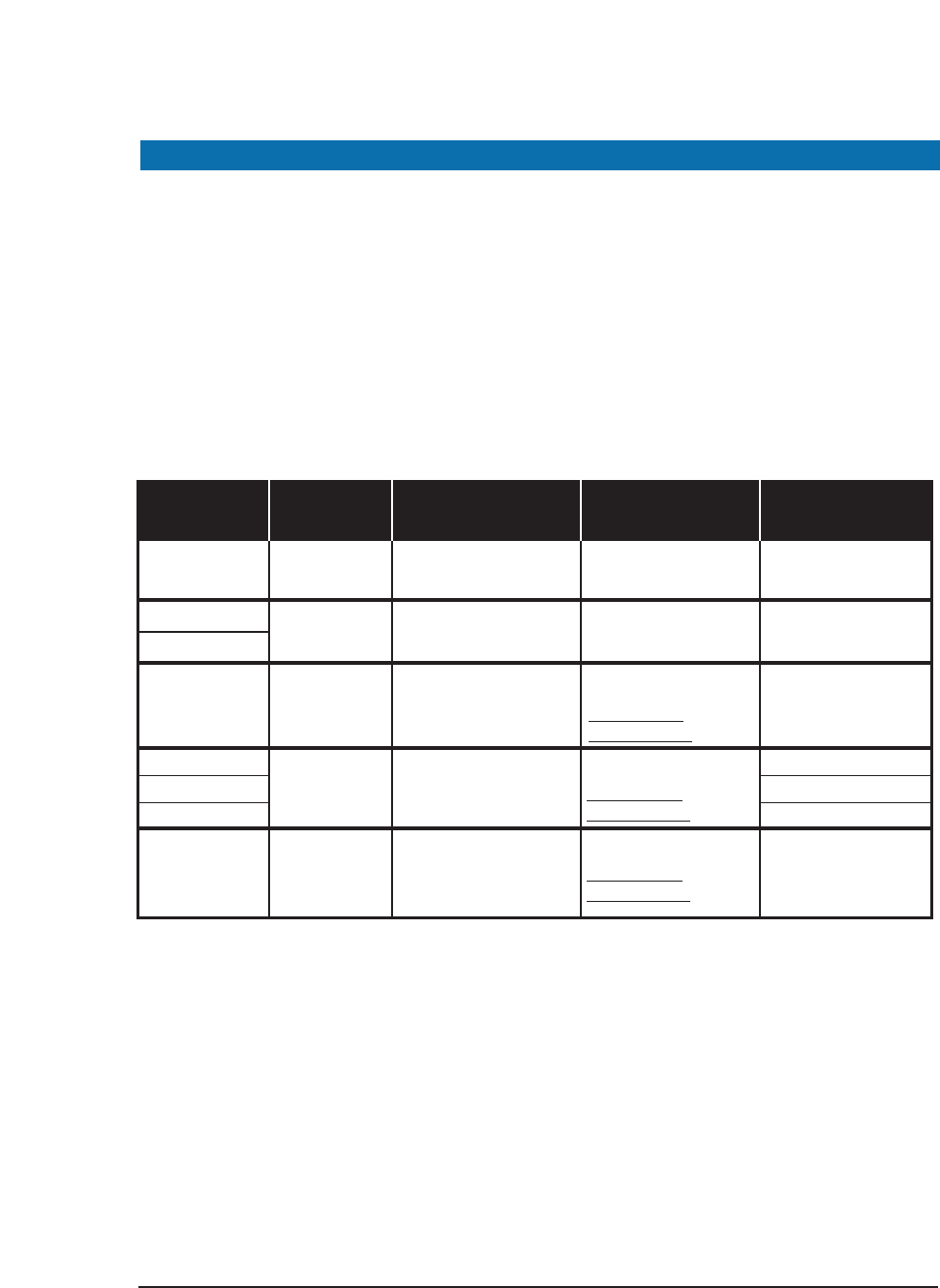
Manageable 8/9-Port Switch
User’s Manual 17
CONNECTING TO YOUR NETWORK
Cable Type & Length
Wire the supplied AC power adapter to the “A” receptacle plug
at the front of the switch. — white stripe to pin 1 (+), black to pin 2 (-).
Step Two: Attach the plug into a standard AC outlet with the appropriate AC voltage.
It is necessary to follow the cable specifications below when connecting the switch to your
network. Use appropriate cables that meet your speed and cabling requirements.
Table 3: Cable Specifications
Speed Connector Port Speed
Half /Full Duplex
Cable Max. Distance
10BaseT
RJ-45
100 m10/20 Mbps
2-Pair UTP/STP
Cat. 5, 5E, 6
100BaseFX
SC
2 km100/200 Mbps
MMF (50 or 62.5µm)
-25dB R
eturn
Loss Minimum
100BaseFX
100BaseFX-HP
100BaseFX-HP1
SC
37 km
54 km
97 km
100/200 Mbps
SMF (9 or 10µm)
-25dB R
eturn
Loss Minimum
1000BaseFX
SC
28 km500/1000 Mbps
SMF (9 or 10µm)
-25dB R
eturn
Loss Minimum
10BaseTX
1000BaseTX
RJ-45
100 m100/200 Mbps
2-Pair UTP/STP
Cat. 5, 5E, 6
Cabling:
Step 1: First, ensure the power of the switch and end devices are turned off.
NOTE: Always ensure that the power is off before any installation.
Step 2: Prepare cable with corresponding connectors for each type of port in use.
Step 3: Consult Table 3 in previous section for cabling requirements based on
connectors and speed.
Step 4: Connect one end of the cable to the switch and the other end to a
desired device.
Step 5: Once the connections between two end devices are made successfully,
turn on the power and the switch is operational.



